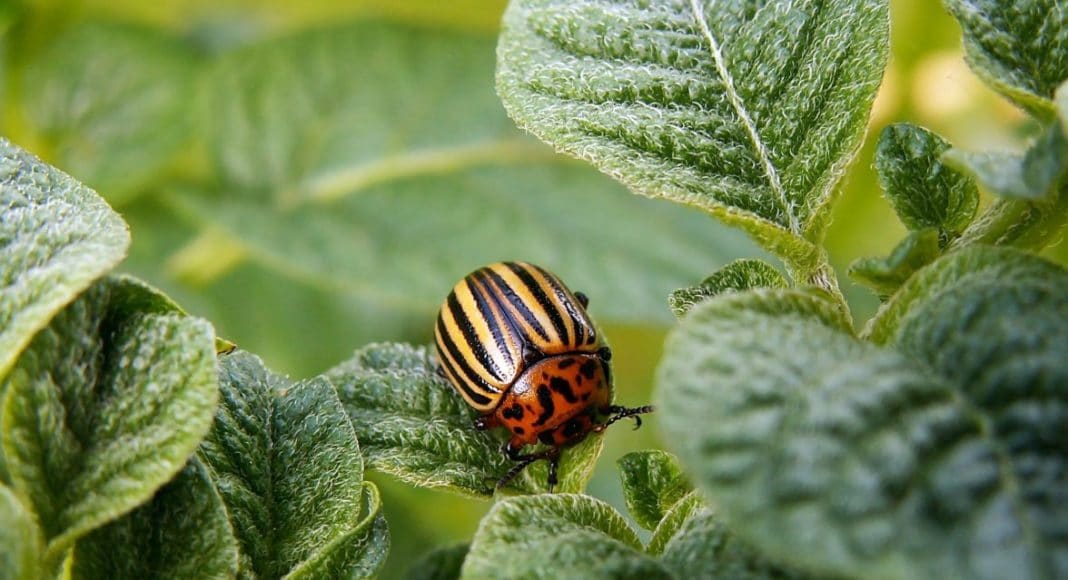New research from Western University has discovered hibernating Colorado potato beetles (CPBs) break down muscles to survive winters and then regrow them on demand in the spring, a July 19 news release said. This allows them to preserve energy over the winter.
The team of physiologists found CPBs break down mitochondria in their own flight muscle in preparation for the harsh winter climate. They are then able to spontaneously regrow their mitochondria on demand and prepare their muscles for flight in the spring.
The team had planned to complete a simple experiment showing how low metabolic rates in overwintering CPBs were associated with a change in the way the mitochondria function. However, when they first measured the metabolic rate of the mitochondria in the lab, they found nothing.
“We thought maybe the instrument wasn’t working, or my sampling was damaging the mitochondria, but eventually, I used an electron microscope to look at the muscle cells and found that almost all of the mitochondria were gone,” former Western University graduate student Jackie Lebenzon, said in the release.
The release noted when mitochondria disappear in disease, it’s usually because of an irreversible process called mitophagy. Lebenzon and Brent Sinclair, a professor at Western Science showed while mitophagy did cause the mitochondria to go missing, they found at the end of winter, all the mitochondria were back, even though the beetles hadn’t flexed a muscle.
“This ability to simply regrow an entire muscle’s worth of mitochondria is completely novel and explains how beetles are able to save energy all winter yet be ready fly and mate immediately in the spring,” Lebenzon said.
The team doesn’t yet know whether all hibernating insects use this strategy to save energy, but the discovery has immediate implications for understanding how mitochondria are regulated in insects – and how researchers might be able to manipulate that regulation in the context of some muscular disease, the release said.
The study was published in the high-impact journal PNAS.
Related Articles
RNA-based Biopesticide Kills 98.3 Per Cent of Colorado Potato Beetles
Diploid Potato Variety Resistant to Colorado Potato Beetles Developed











